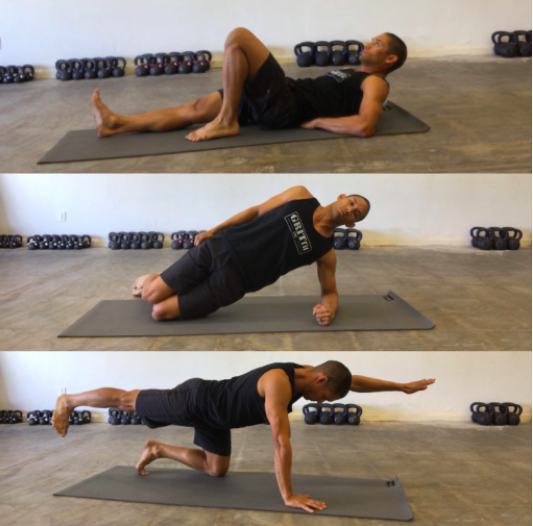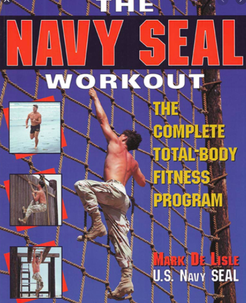|
Bottom line: Consider implementing the McGill Big 3 for your core training as a runner Runners often ask what’s the best core exercise? I’ll start with my usual disclaimer that everyone is different, but if you are looking for a broadly generalizable routine, The McGill Big 3 is a great place to start, especially if you have a history of low back instability. Background: the McGill Big 3 includes three exercises based on Professor Stuart McGill’s spine research. After studying probably more exercises than we can count, his research revealed three exercises that stood above the rest for core stabilization. The three exercises are the McGill curl up, side plank and bird dog, which check three key boxes in core functional demands for runners McGill curl up – Sagittal plane stability. In running terms, do you have the ability to maintain upright posture in a spine-friendly manner? Side plank – frontal plane control. For runners, this means controlling excess side-to-side movement, which is often a culprit in many lower extremity repetitive use injuries (note, when done “by-the-book” the top hand in the side plank should contact the front of the opposite shoulder). Bird dog – rotary stability. Can you coordinate the motions of both the left and right sides of the body without excess twisting. When I started running, I recall going through some elaborate core routine that took close to 20 minutes. I can’t even remember how many exercises were involved but it was quite a lot. The track team at my university used to spend at least 10-15 minutes after practice “working abs,” so I figured that elaborate ab training routines were what you were supposed to do? My perspective was also influenced by The Navy SEAL Workout book, which was one of the few texts around on military fitness before that was a “thing.” But I digress… Years later, with a bit of wisdom in my pocket, I now appreciate how core routines for running should have a PURPOSE and be EFFICIENT. Once upon a time, having a purpose meant picking a different exercise to work the multiple core muscles in several different ways. Nothing wrong with that, but a better purpose is to support key movements. Judge the effectiveness of the core program not by the amount of soreness created (“But I can feel my abs man!!!”) but instead by the outcomes on your running. That outcome could be performance but at the very least our goal is to promote health (which promotes consistency, which promotes performance…)
You probably want to know about sets and reps....for each exercise aim for 10 second holds and begin with 3 reps per side per exercise. Eventually the goal is to build up to 5-6 sets. Ten seconds may not seem very long, but it's not the duration of the muscle contraction that we're after. It's the quality and intensity that we're concerned with.
0 Comments
Leave a Reply. |
AuthorAllan Phillips, PT, DPT is owner of Ventana Physiotherapy Archives
December 2023
Categories
All
|
2951 N. Swan Rd.
Suite 101, inside Bodywork at Onyx
Tucson, Arizona 85712
Call or Text: (520) 306-8093
[email protected]
Terms of Service (here)
Privacy Policy (here)
Medical disclaimer: All information on this website is intended for instruction and informational purposes only. The authors are not responsible for any harm or injury that may result. Significant injury risk is possible if you do not follow due diligence and seek suitable professional advice about your injury. No guarantees of specific results are expressly made or implied on this website.
Privacy Policy (here)
Medical disclaimer: All information on this website is intended for instruction and informational purposes only. The authors are not responsible for any harm or injury that may result. Significant injury risk is possible if you do not follow due diligence and seek suitable professional advice about your injury. No guarantees of specific results are expressly made or implied on this website.
Proudly powered by Weebly



 RSS Feed
RSS Feed